VACCA was founded by Aunty Mollie Dyer in 1977 as a result of the Victorian Aboriginal community’s concern that many of their children were being removed from their families and placed, unsuccessfully, with non-Aboriginal carers. Many children ended up in the justice system. Indeed, until 1977, a VACCA memo records that 90% of Aboriginal children placed in non-Aboriginal foster care and adoption were ultimately returned to the care of the State and institutionalised.
In early 1976, at Australia’s First National Adoption Conference, Aboriginal people had one of their first platforms to speak about this issue. Aunty Mollie Dyer talked about the cultural and genealogical confusion of the Stolen Generations and the need to show caution before placing Aboriginal children in white foster families. She advocated starting an Aboriginal run agency to support children and families and received unanimous support.
Following the conference, the Victorian Aboriginal Legal Service (VALS) secured government funding for Aunty Mollie to take a study tour to the United States. There, she learned about models to reduce the rate of child removal within Native American communities. Aunty Mollie then returned to Australia to establish VACCA late in 1976.
VACCA started at an office in Fitzroy, Melbourne, with 5.5 staff, a case load of 205 clients, one typewriter and a budget of $40,000. VACCA received its first funding from the Federal Department of Social Security’s Office of Child Care in January 1978.
As it grew, VACCA moved into larger offices in Fitzroy amidst the heart of Aboriginal activism and community services, with neighbors including the Aborigines Advancement League (AAL) and Victorian Aboriginal Health Service (VAHS). There was a strong sense of belonging, community and determination to achieve a better future. VACCA soon became a source of inspiration and support for other states and territories in establishing similar agencies of their own.


